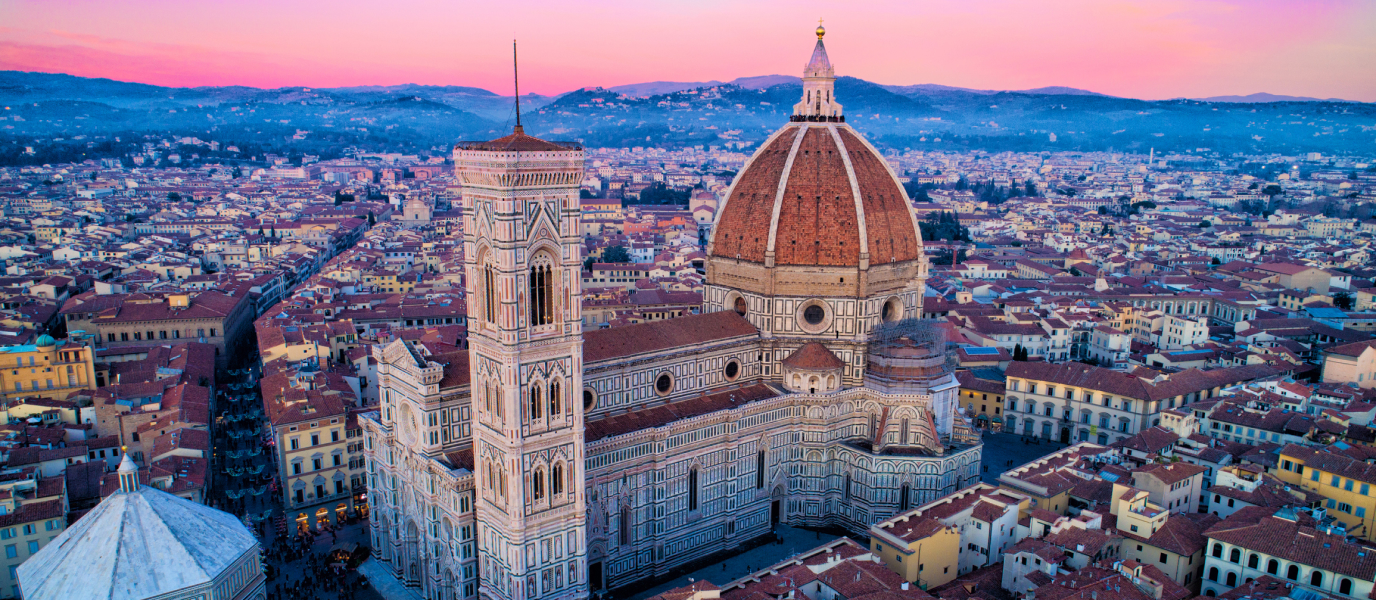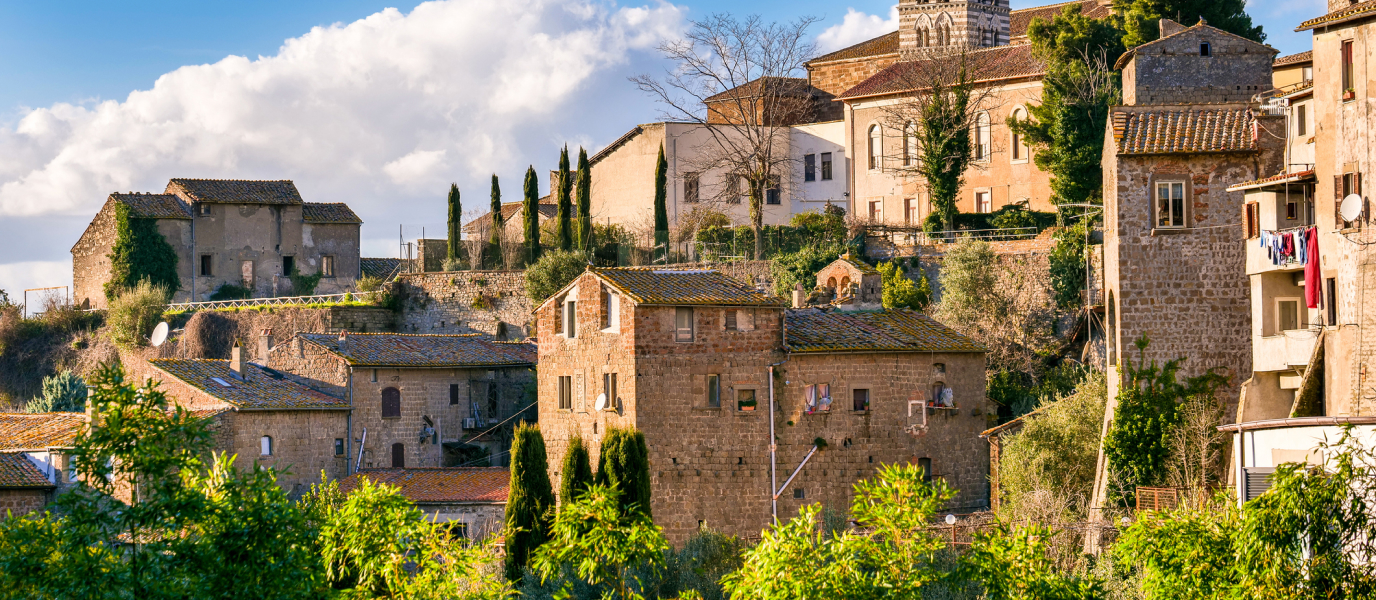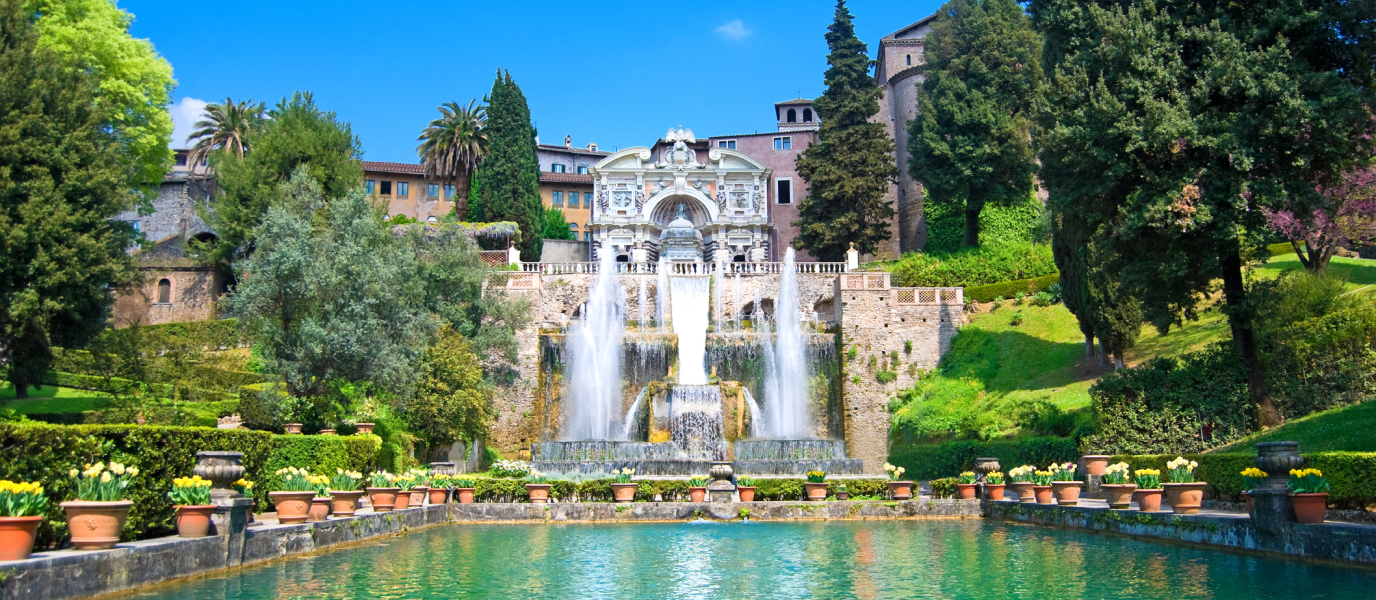When you travel to the capital city of Italy, it’s a great idea to include visits to other cities near to Rome. It is ideally situated for visiting other significant places. Indeed, many of the trips can be done in just one day or, alternatively, you can also easily leave Rome behind and spend a night or two elsewhere.
There’s nothing like making the most of your holiday and visiting lots of different places. There are cities, small towns and fantastic Mediterranean beaches very close to Rome.
Cities near Rome
Florence
The capital city of the Renaissance era is a must whenever you travel to Italy. Florence is a joy to visit. Numerous artists have left their mark there over the centuries. It is only around ninety minutes to the north of Rome on the high-speed train. This makes spending the day in Florence and travelling back to Rome at night really easy.
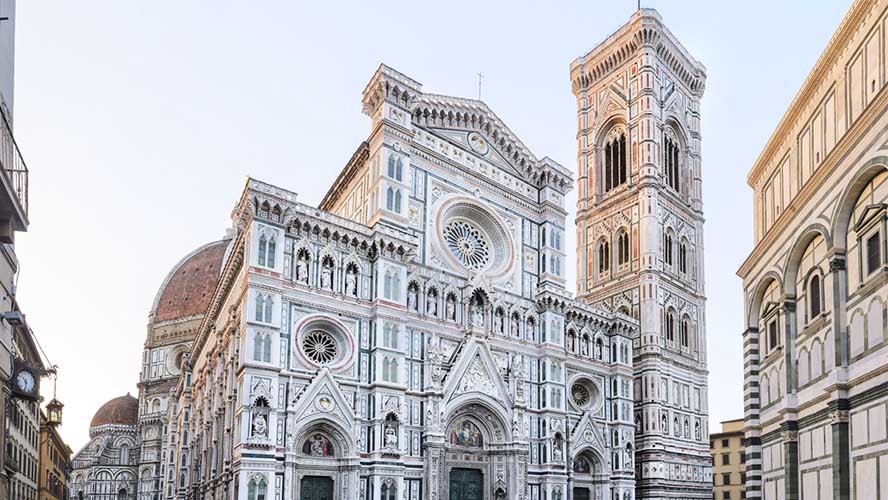
Florence is a World Heritage Site and a must when you visit Italy. It has an impressive cathedral and beautiful spots such as Piazza della Signoria, Ponte Vecchio and the entire city centre. There are plenty of reasons to include a visit to Leonardo da Vinci’s city on your holiday itinerary.
And don’t forget about its famous museums! The Florence Academy of Art houses the authentic ‘David’ by Michelangelo and Italy’s best collection of art is in the Uffizi Gallery. It belongs to the Médici family.
Naples
Naples is bohemian, captivating, enchanting and chaotic. It’s one of those places that everyone should have on their bucket list. It was declared a World Heritage Site in 1995 and there are many, many things to see, including Mount Vesuvius, Pompeii, Herculaneum and the islands of Capri and Ischia. You can also learn about its Spanish background, taste the typical margherita pizza and hear about the successes of the city’s football team when Maradona worked there.
You will also find amazing castles, palaces, museums and churches in Naples and, of course, ruins from the Roman Empire. A number of trains (around five every hour) run between Rome and Naples. The journey takes between one hour and twenty minutes (high-speed train), and three hours.
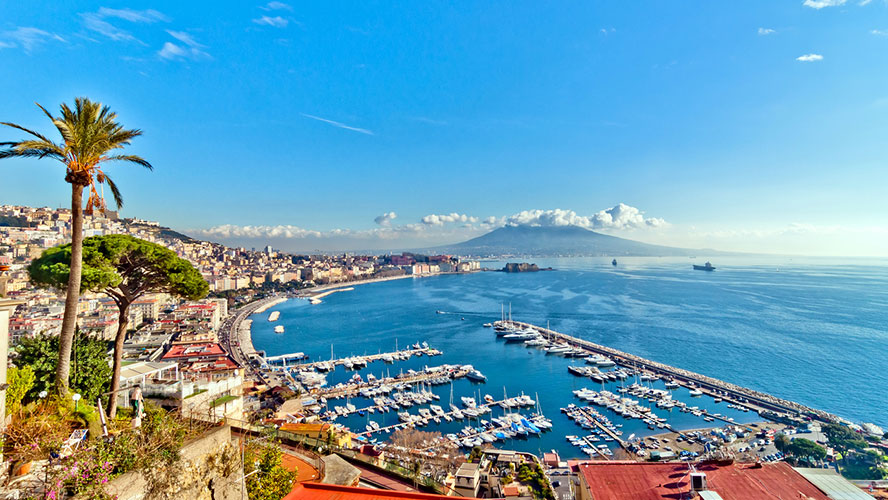
Tivoli and its famous villas
Tivoli is a very pretty town with a Roman background. It is around thirty kilometres to the northeast of Rome. It has some lovely green landscapes with flowing water and it was one of the most popular summer holiday destinations during the Roman era. In fact, two amazing villas from the period still remain: Villa Adriana and Villa d’Este. When you visit them, it is like travelling back in time. They both have World Heritage Site seals.
Villa Adriana was Emperor Hadrian’s summer residence and dates back to the 2nd century. It is spread out over 120 hectares and includes a number of villas, temples, fountains and spas. It is so majestic that when you visit it you cannot fail to wonder at the marvels of the Roman Empire.
Villa d’Este, meanwhile, dates back to the 16th century and the Renaissance era. The extravagant villa has a perfect blend of the very best of the architecture and landscaping of the time. The fountains, grottos and gardens will enchant you.
A walk around the old quarter of Tivoli should also be on your list of things to do. There are still some remains of the ancient city. It is well worth strolling around the narrow streets and beautiful squares, St. Laurence cathedral or the ruins of the amphitheatre at the foothills of Rocca Pia castle.
There are several train routes between Tivoli and Rome. The journey can take between thirty minutes and one hour.
Viterbo: a papal residence
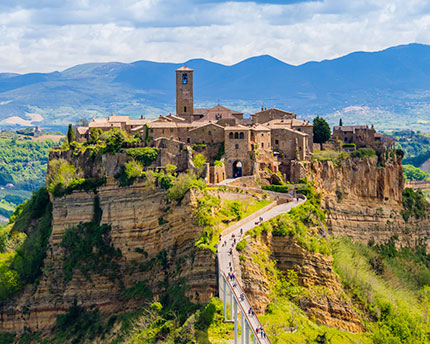
Viterbo is a beautiful historical town that you will find en route to Florence. It still retains much of its Medieval past and it is one of the best-kept medieval towns in Italy. Indeed, the San Pellegrino neighbourhood in the town has been used as the setting for a number of different films.
Viterbo became a papal residence in the 13th century. As such, it still has a significant religious heritage such as the 12th-century cathedral and the papal palace which hosted the papacy for twenty-four years. The longest conclave in history took place there. The cardinals deliberated for 34 months between November 1268 and September 1271 before they finally chose Pope Gregory X.
You can reach Viterbo by train from Rome in under two hours.
Towns and villages near Rome
There are also a number of spectacular towns and villages that are only a short distance from Rome. They are all well worth seeing.
Orvieto
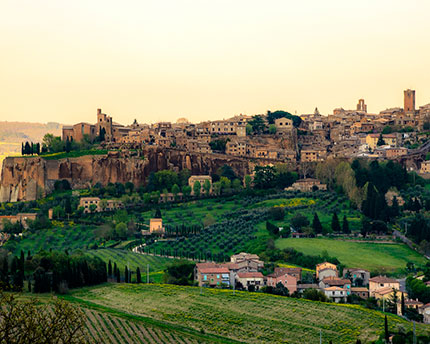
Orvieto es una pequeña ciudad de la región de Umbría, situada a mitad de camino entre Roma y Florencia, que tiene muchísimo encanto. Como su nombre indica, “vieja urbe”, Orvieto cuenta con un importante pasado anterior incluso a la época romana. Su principal curiosidad son sus numerosos pozos y galerías subterráneas, un laberinto de túneles trabajado desde tiempos etruscos para alcanzar el acuífero que se esconde bajo la ciudad. Algunos pozos se han habilitado para las visitas, como el de San Patricio, del siglo XVI y 53 metros de profundidad.
Pero Orvieto cuenta también con numeroso patrimonio histórico. No en vano, también fue residencia papal en el siglo XIII, edificio que ha llegado a nuestros días. Su ‘duomo’ guarda cierto parecido con el de Siena y es una obra maestra del gótico italiano. Sus calles y sus murallas son todo un indicativo del legado de esta ciudad de raíces etruscas. Pasear por ellas es todo un placer para los sentidos.
Orvieto (link: Orvieto) is a charming small town in the province of Umbría and around half way between Rome and Florence. Its name means ‘old town’ and it does indeed have an important history that dates back to even before the Roman era. One of the main features of the town are its underground wells and galleries that make a labyrinth of tunnels that date from the Etruscan period. They were dug out into order to reach a supply of water. Some of the wells have been prepared so that people can visit them. Pozzo di San Patrizio, which is fifty-three metres deep, is one such example.
There is also a rich historical heritage in Orvieto. It was a papal residency in the 13th century and the building itself has survived until today. The ‘duomo’ is rather similar to the one in Sienta and an excellent example of Italian Gothic architecture. The streets and town walls are also an indication of the Etruscan history of this small town. You will love walking around its enchanting streets.
Cività di Bagnoregio: a town in the clouds
Cività di Bagnoregio is a very small town high up on a rock. It is close to Orvieto and it also has an Etruscan background. When the clouds surround the hill of volcanic rock, Bagnoregio looks like an island floating on a white sea. The hill has been slowly eroding away over the centuries and the only way of accessing the town is over a bridge.
Once again, you will feel like you’re stepping back in time as you cross over. There are narrow streets, stone houses, arches, porticos and an old bell tower that stands out like a lighthouse at the very top. It is one of the most magical cities in Italy although the fact that it is eroding away means that its future is uncertain.
Gaeta: a fortress above the sea
Gaeta is also on top of a hill but this time it’s right next to the sea. This coastal village in the very south of the province of Lazio is en route to Naples. Again, it was a holiday destination for the Romans. Gaeta has a strong military past and present. There is still a NATO base there and it has an impressive 13th-century castle that dominates the landscape. With its stone houses and protective walls perching on top of the cliff, it is a picture-postcard village.
Of course, Gaeta is a wonderful place to go to the beach. There are seven beaches and the nearest one – Serapo – has fine sand and a calm sea. It is a magical coastal destination not too far from Rome. The train journey only takes around one hour (the nearest station is Formia-Gaeta).
Sperlonga: Emperor Tiberius’ dream
Sperlonga is also on the coast and not very far at all from Gaeta. Emperor Tiberius built his villa in this famous spa town. There are a number of natural caves here and the emperor did not hesitate to make the most of them to increase the size of his palace. There are still some remains of that period in the town including the thermal baths, the villa, the port and the rather curious Grotto of Tiberius with its circular twenty-two-metre diameter pool. Indeed, in the museum in Sperlonga there are a number of objects that were found at the archaeological site when it was uncovered. They include large sculptures that served as decoration inside the cave. Sperlonga is also a great place to go to the beach (link: Beaches near Rome).
Cassino and the Battle of Monte Cassino
Half way between Rome and Naples, you can visit Cassino, a town that is famous for the Battle of Monte Cassino that took place during the Second World War. Monte Cassino abbey, one of Italy’s most famous monasteries, is in this town. It was destroyed at least four times over the course of history.
However, despite the destruction that war has caused in the town, it still has a number of significant archaeological sites. Casinum, the original Roman settlement, still has remains of the amphitheatre, the theatre, some roads and the mausoleum of Ummidia Quadratilla. Cassino is an hour and a half from Roma Termini by train.
There are many, many towns and cities near Rome that you can visit and enjoy. The list goes on and on. Ostia (link: Ostia Antica), Subiaco (with its monastery on a rock), Calcata (another village in the clouds) and Bolsena are just a few examples. They all have a Roman and Medieval background and you cannot fail to enjoy stepping into the past when you visit them.




































































